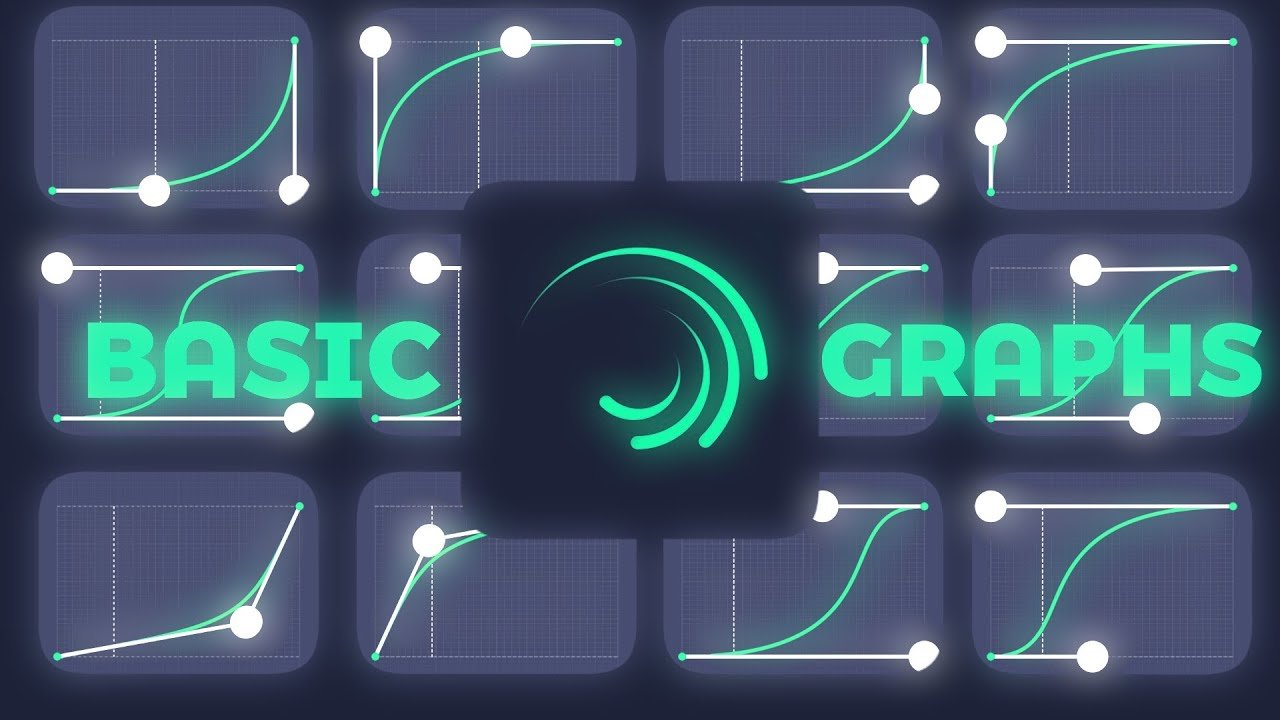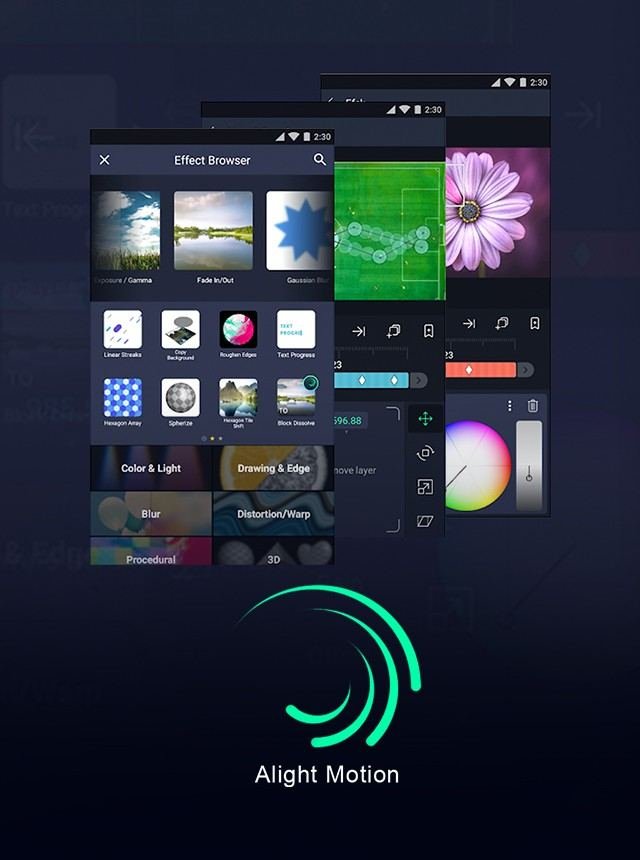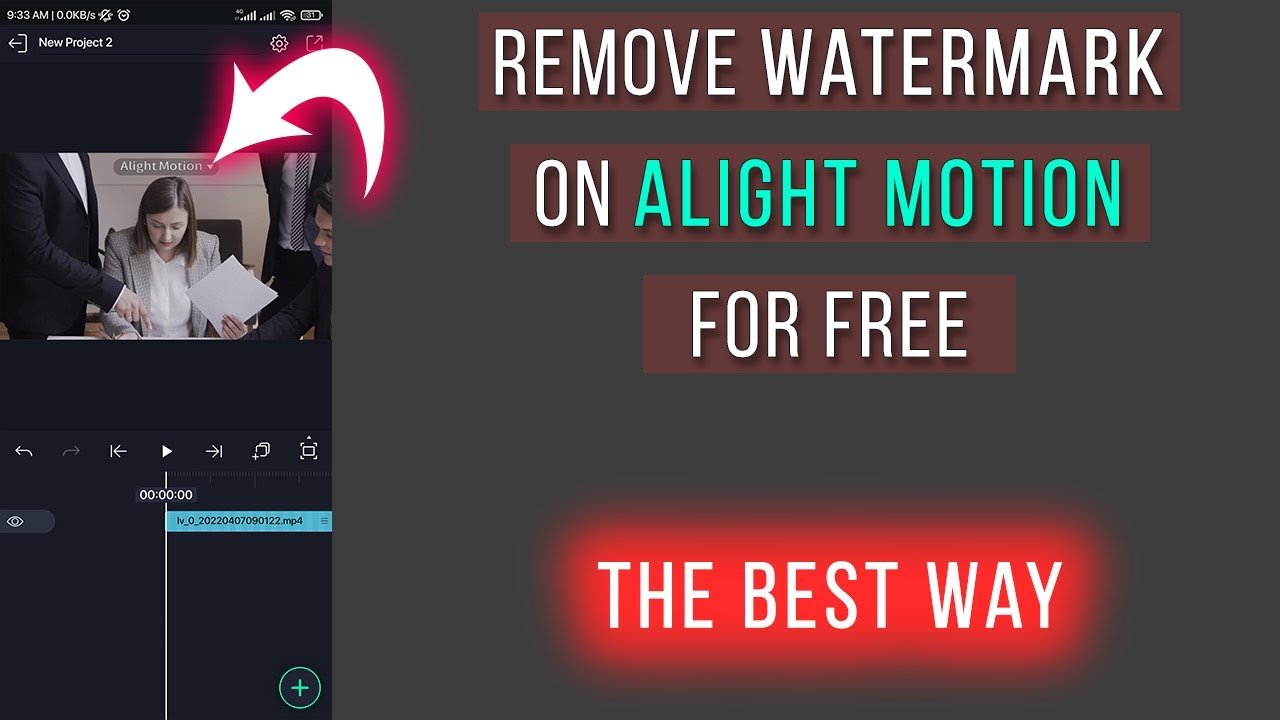Adding a pivot point in Alight Motion is quite simple and can enhance your animations significantly. First, open your project and select the object you want to add a pivot point to. Next, tap on the ‘Transform’ option, then adjust the pivot point by dragging it to your desired position. This allows for more precise control over object movement and rotation. By knowing how to add pivot point in alight motion, you gain better control, making your animation work more dynamic and accurate.
Table of Contents
- How to Add Pivot Point in Alight Motion
- Frequently Asked Questions
How to Add Pivot Point in Alight Motion
Alight Motion is a powerful and versatile visual effects tool that’s loved by both beginners and professionals. One of its key features is the ability to add and manipulate pivot points, which can bring an extra level of sophistication to your animations. Additionally, if you’re wondering how to extract audio in Alight Motion, this guide will cover that as well. In this detailed guide, we will explore everything you need to know about how to add a pivot point in Alight Motion.
Understanding Pivot Points
Pivot points are the specific points around which an object rotates or scales. In animation, these points are crucial because they determine the motion and behavior of elements. To get a clear understanding of pivot points, think of a door’s hinge—that’s the pivot point around which the door swings.
Why Pivot Points Matter
Knowing how to properly use pivot points can drastically improve your animations:
- Smooth Rotations: Ensures elements rotate naturally.
- Accurate Scaling: Helps in resizing without distortion.
- Complex Movements: Allows for intricate animations.
Default Pivot Point
By default, Alight Motion sets the pivot point at the center of the object. For many simple animations, this works just fine. However, you might need to adjust the pivot point for more nuanced movements.
Steps to Add or Adjust Pivot Points in Alight Motion
Adding or adjusting pivot points in Alight Motion is straightforward but does require some practice. Here’s a step-by-step guide to get you started:
Step 1: Open Alight Motion and Import Your Object
1. Launch the Alight Motion app.
2. Create a new project or open an existing one.
3. Import the object you wish to animate.
- Tip: Ensure your object is properly layered to avoid complications later.
Step 2: Select the Object
1. Tap on the object layer you wish to animate.
2. Ensure the object is selected and active.
- Tip: You can select multiple layers if you plan to animate more than one object simultaneously.
Step 3: Access the Transform Menu
1. Once the object is selected, navigate to the Transform option in the menu.
2. You will see options for rotation, scaling, and pivot point adjustments.
- Note: The Transform menu is your main tool for tweaking pivot points.
Step 4: Adjust the Pivot Point
1. In the Transform menu, find the pivot point option.
2. Drag the pivot point to the desired location.
- Tip: Use grid lines for precise placement.
- Note: The pivot point can be moved anywhere within or outside the object.
Step 5: Test Your Animation
1. Play your animation to see how the object behaves with the new pivot point.
2. Make fine adjustments as needed.
- Tip: Look for any unnatural movements and tweak the pivot point accordingly.
Step 6: Save Your Project
1. Once satisfied, save your project.
2. Export the animation if needed.
Common Issues and How to Resolve Them
Object Moves Unexpectedly
Sometimes, adjusting the pivot point can cause the object to move erratically. To fix this:
- Ensure the pivot point is placed at a logical position relative to the object’s movement.
- Double-check the Transform settings.
- Redo the pivot point adjustment if needed.
Non-Smooth Rotations
If the rotations look choppy:
- Make sure the pivot point is correctly aligned with the object’s natural rotation axis.
- Use easing functions available in Alight Motion for smoother transitions.
Scaling Issues
Incorrect pivot point placement can lead to scaling problems like distortion:
- Reposition the pivot point to the center or another strategic location based on the object’s shape.
- Preview scaling adjustments before finalizing.
Advanced Techniques for Pivot Points
Using Multiple Pivot Points
You can add multiple pivot points to an object for complex animations. Here’s how:
1. Duplicate the object layer.
2. Adjust the pivot point for each layer.
3. Animate each layer individually for multi-axis movement.
- Note: This is useful for animating limbs or mechanical parts.
Pivots in Grouped Objects
Grouping objects allows you to move and animate them together:
1. Select the objects you wish to group.
2. Navigate to the grouping option in the menu.
3. Adjust the pivot point for the entire group.
- Tip: Use this for elements that need to move in unison.
Practical Examples of Using Pivot Points
Animating a Swinging Pendulum
1. Create a pendulum object.
2. Set the pivot point at the top of the string.
3. Use keyframes to animate the swinging motion.
- Note: Ensuring the pivot point is correctly placed will make the swing look natural.
Rotating a Windmill
1. Import your windmill object.
2. Set the pivot point at the center of the windmill blades.
3. Animate the rotation.
- Tip: Use a continuous loop for an endless rotation effect.
Tips for Efficient Animation in Alight Motion
Utilize the Timeline
Use the timeline to manage your keyframes and animations effectively:
- Zoom in and out for better visibility.
- Label layers for easy identification.
Leverage Easing Functions
Easing functions can make your animations smoother:
- Try different easing presets available in Alight Motion.
- Custom ease curves for more control.
Experiment and Iterate
Don’t be afraid to try different pivot point placements and animations:
- Experiment with unconventional pivot points for unique effects.
- Iterate over your animations to refine them.
By understanding and effectively using pivot points, you can take your Alight Motion animations to the next level. Remember to practice, experiment, and refine your skills. Happy animating!
Frequently Asked Questions
What is the purpose of changing the pivot point in Alight Motion?
Changing the pivot point in Alight Motion allows you to control the center of rotation and scaling for an object. By adjusting the pivot point, you can create more complex and precise animations, such as rotating an object around a different axis or scaling it from a specific edge.
Is there a way to reset the pivot point to its default position?
To reset the pivot point to its default position in Alight Motion, select the object and go to the “Transform” option. Then, simply move the white circle back to the center of the object, which is its default position. This will reset any changes made to the pivot point.
Can I animate a pivot point in Alight Motion?
No, Alight Motion does not support animating pivot points. You can set a static pivot point for an object, but you cannot create animations that involve changing the pivot point over time. The pivot point remains fixed for the duration of the animation.
Final Thoughts
Adding a pivot point in Alight Motion simplifies your animation process. First, select the layer you wish to adjust and navigate to the “Transform” options. Then, move the anchor point to your desired location. By following these steps, you enhance control over your animations. Now you know how to add pivot point in Alight Motion efficiently, allowing for more precise edits.



